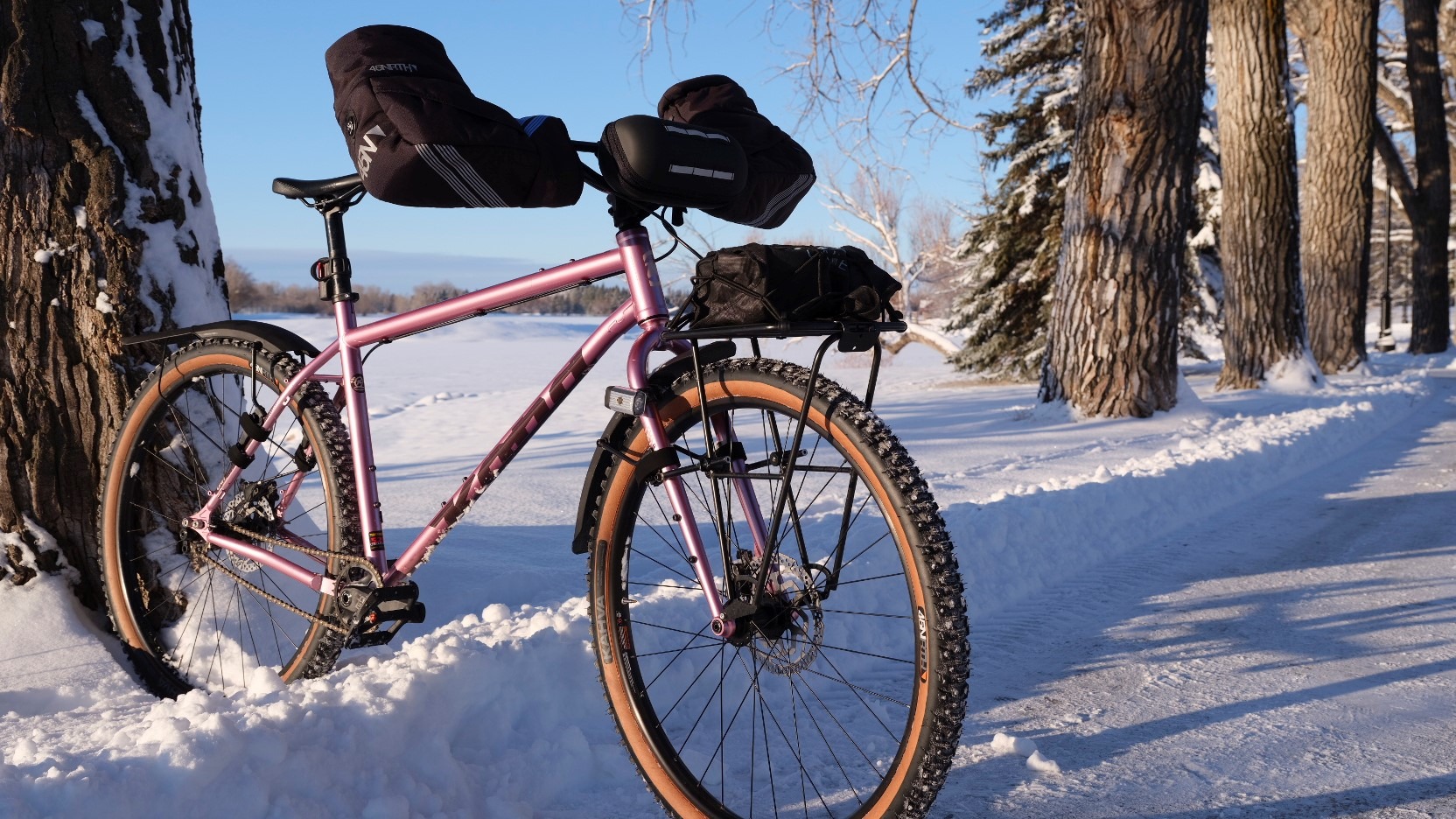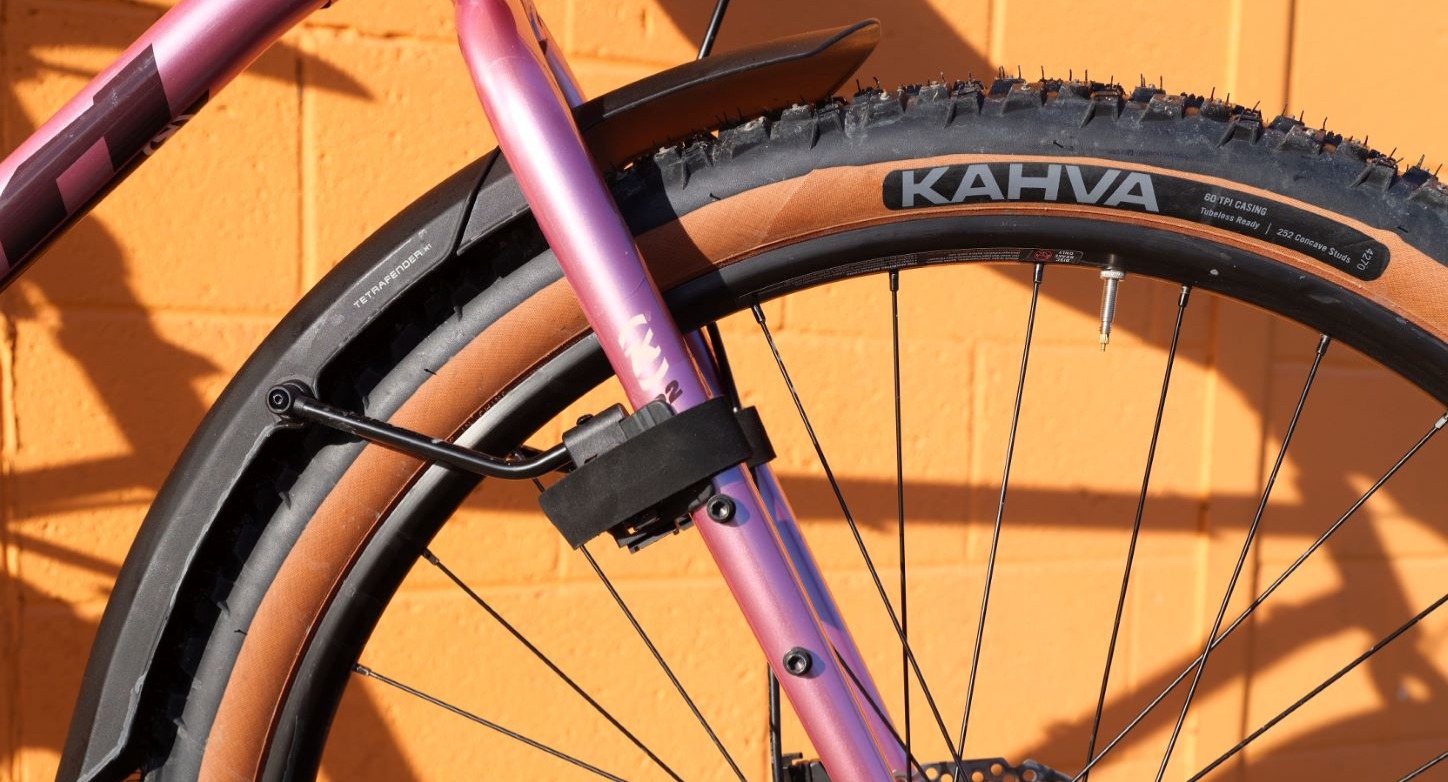
Winter Commuting Tips in Canada
We’ve all read the posts about how hard it is to commute to work when it’s wet, cold and dark, and how you need lights, fenders and gloves to be comfortable, but that doesn’t paint a picture of what it’s like here. Our British cycling counterparts, from which most of these articles originate, don’t know what it takes to ride in the heart of Alberta through January and February! Here are our best tips for slugging it through the toughest of conditions:


